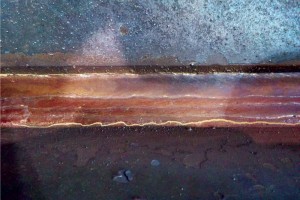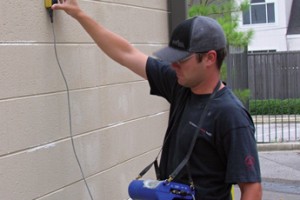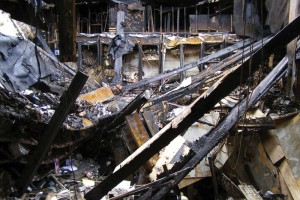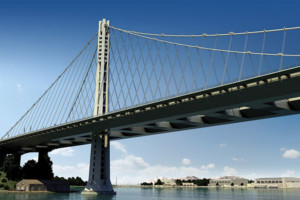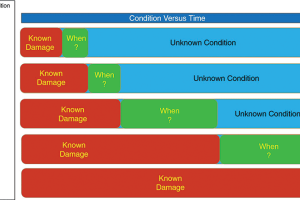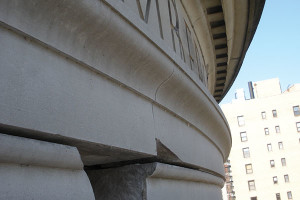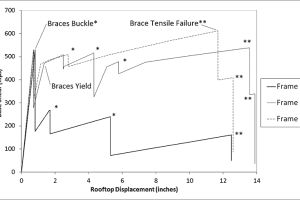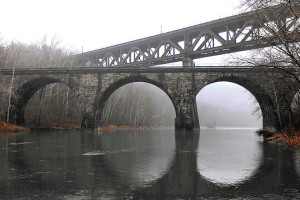What are they, really, and what do they entail?
Structural engineering consulting firms are occasionally hired to review a design performed by another engineering firm. The review is frequently a traditional pre-construction structural peer review performed to achieve a better project outcome. The practice of having a traditional peer review performed is becoming more commonplace for Risk Category III and IV buildings, which include tall buildings, buildings with large occupant loads, and essential structures. Peer review is also commonplace for structures designed using performance-based procedures or with new or innovative framing systems. Traditional structural peer reviews may be performed at the request of the owner or developer, to expedite a building department review, or because it is required by the building code or performance-based design guide. These reviews generally occur in a cooperative environment. Other types of reviews can also occur. …


